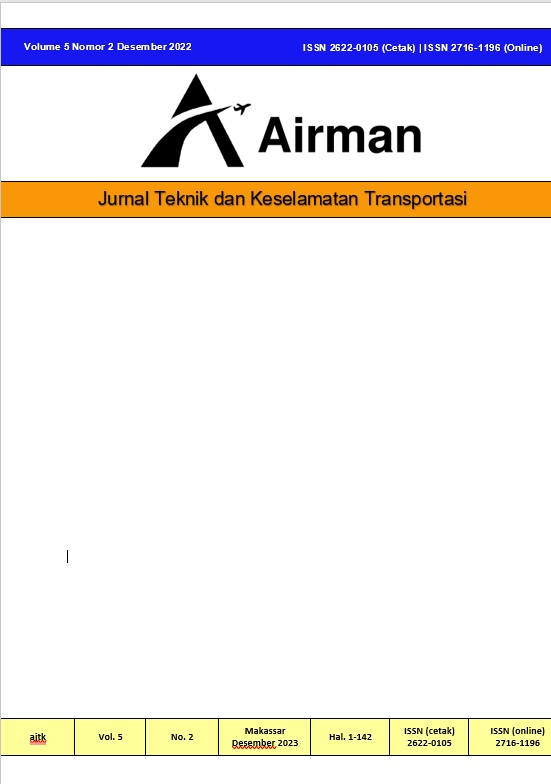Fire Hazard Prevention and Protection Through Active Protection System
DOI:
https://doi.org/10.46509/ajtk.v5i2.293Abstract
This research was conducted to determine the availability and adequacy of the active protection system in the Palembang Aviation Polytechnic area. The Active Protection System is limited to fire alarm systems and detectors. The type of research used is qualitative analysis with an observational approach to analyze fire alarms and detection systems as active protection at the Palembang Aviation Polytechnic. Data collection is carried out by observation and interview. Furthermore, a gap analysis method is carried out to compare the availability of fire alarm and detection systems installed in each building, compared to the expected conditions by applicable regulations, so that gaps can be known from the fire protection system in the building in question. The next step is to decide on the availability and adequacy of the building's fire alarm and detection system and provide recommendations that the manager of the Palembang Aviation Polytechnic may carry out. The results of the application of the fire alarm analysis in the main building are 0% with the inappropriate category, and the average in the study program building is 96.57% with a good category. The implementation of the detection system in the main building is 0% with the inappropriate category (no fire alarm and detection system installed), and the average in the study program building is 97.5% with a good category. Suggestions according to the priority scale are that managers make policies on establishing, maintaining, inspecting, and evaluating active fire protection systems regularly.












